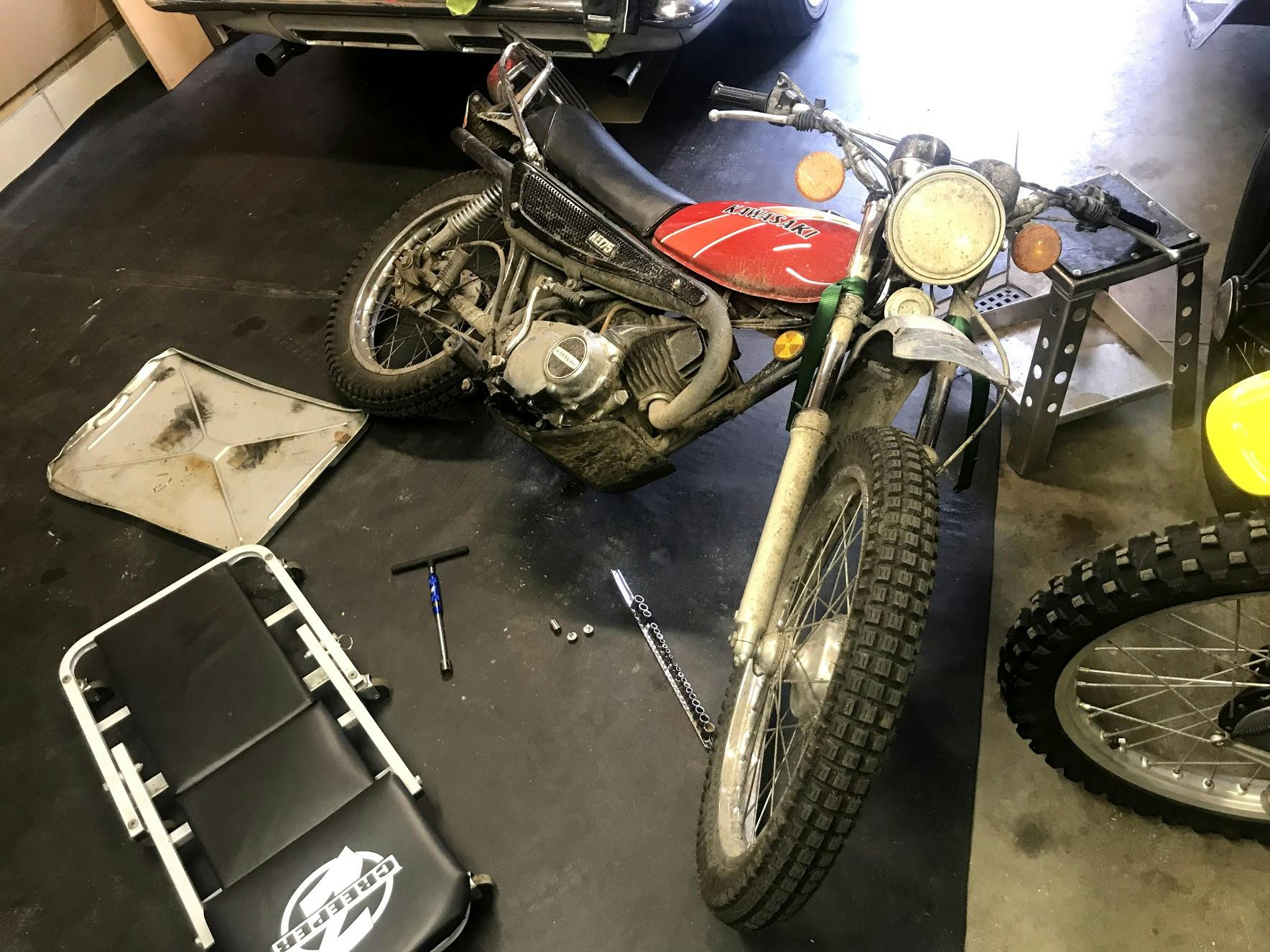Media | Articles
4 main checkpoints for resurrecting a dead motorcycle
Spring is here, which means that winter motorcycle daydreams finally stand a chance of becoming reality. Your preferred online classified source is likely flush with motorcycles in various states of disrepair and prices. The more affordable items tend to include words akin to “ran when parked” or “should run, just needs a tune-up.” To help save yourself from a big headache, if your plan is to dive into such a project, here are the four crucial steps for reviving a neglected bike.
These tips come from FortNine on YouTube, who lays them out in a great format. Using minimal tools, you can confidently assess the condition and needs of your project. Essentially, the four components of this approach revolve around the four basic needs of an engine—spark, compression, fuel, and air.
Spark
Start with the spark for two reasons: it’s easiest and will also tell you if you need to source parts before you get your hopes up. Technically this step requires no tools—just remove the spark plug boot and shove something ferrous in the boot instead of a spark plug. A screwdriver works great and has an insulated handle, which you will appreciate when you turn the engine over while holding the tool close to the engine case. While cycling the engine, via the kickstart or starter motor, you should be able to observe a spark jumping from the tool to the engine case.
If there is no spark, start with the easiest solution first—check the kill switch. Then poke around and make sure all the wiring is connected properly. If such simple fixes yield no results, you might have a bigger problem.
Marketplace
Buy and sell classics with confidence
Compression
I haven’t been able to verify the stats cited in the video that the human thumb can hold 100 psi of pressure, and that motorcycles won’t run on less than that. However, I have used this trick, and it does typically work. If the pressure is just barely blowing your thumb off the spark plug hole while cycling the engine, put a small amount (just a few ounces) of oil in the cylinder and try again—especially if the engine has been in storage for years. Piston rings might need some help to loosen up and remember their purpose.
Air/Fuel
We’ll tackle fuel and air in one go.
We’ve all seen the claims that a down-on-its-luck bike “just needs the carburetor cleaned.” Gasoline evaporates and leaves gummy varnish in carburetors that restricts fuel flow. Modern ethanol-blended fuels, when left for long periods of time, can contribute to this problem. Drain the gas tank of any old fuel and put a small amount (half gallon or so) of fresh gas in. If it turns out the carb is in working order, consider yourself lucky.
If it’s not, grab a can of carburetor cleaner and spray out all the small passages and jets to clear them out. If a spritz of cleaner doesn’t seem to make a difference, soak the piece for a few hours in some pooled carb cleaner. I like to use the cap from the carb clean as a small bowl. Once soaked, blow through the passages with compressed air or more carb cleaner. Wear safety glasses during this. Seriously. A blockage will make this stuff spray just about any direction but the one you are expecting.
Now, put it all back together and give starting a try. You should have that engine puttering to life in no time. It is worth remembering, though, that just because a bike is running does not mean it is safe to ride. Check your brakes and suspension with an even closer eye before taking off for the first trip of the season.
Have some pointers from personal experience that you swear by? Leave them in a comment below.













